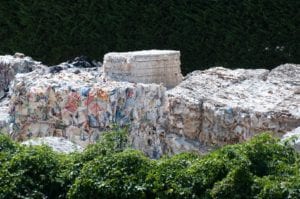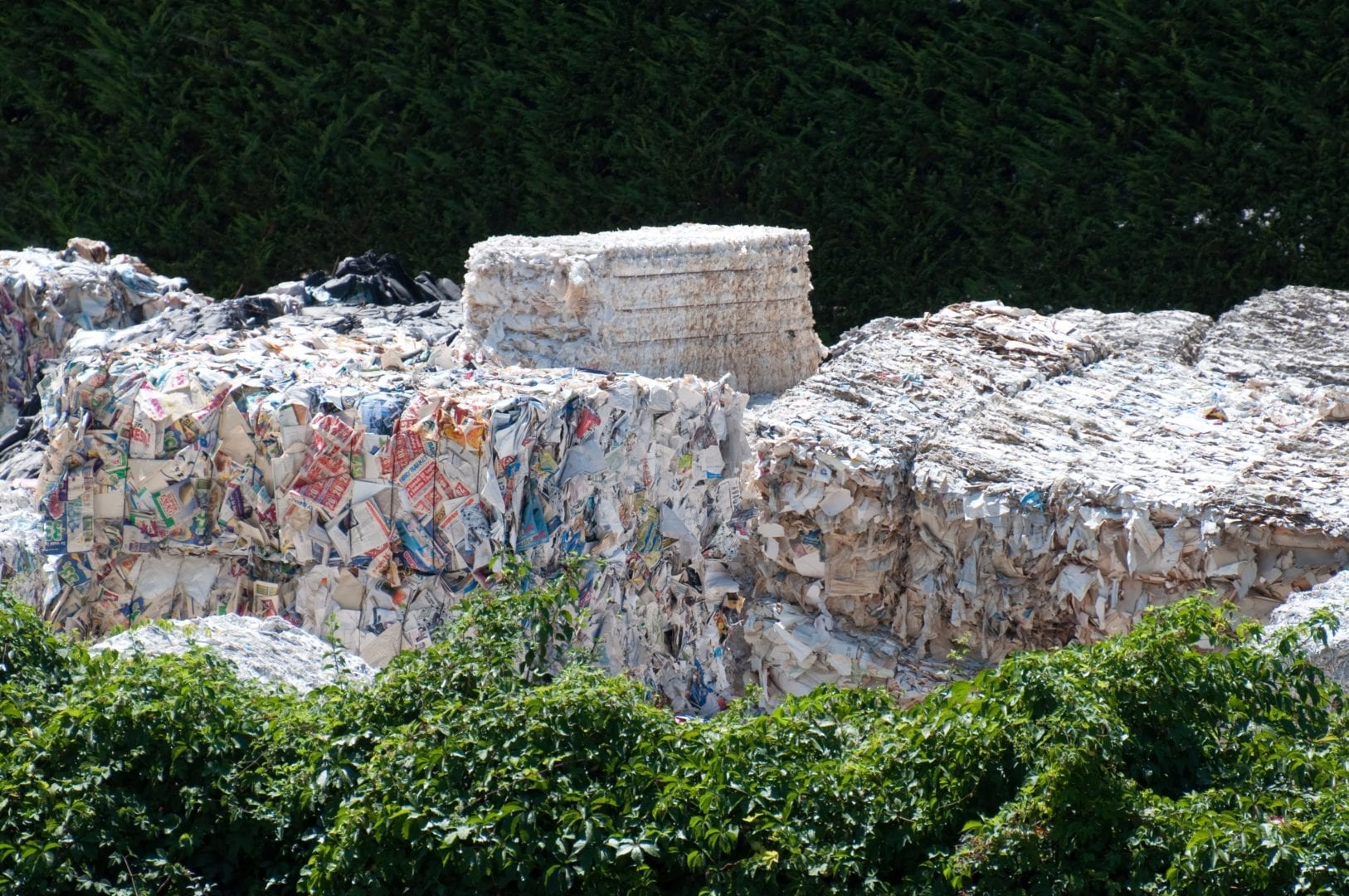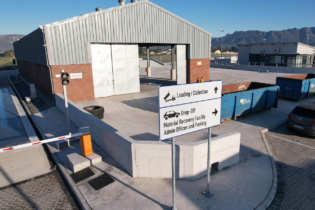The company’s spokesperson Christoff Botha said: “Realising the ecological importance of the world’s forests, we have accepted the responsibility of minimising our ecological footprint by proactively managing production efficiency, emissions, energy, water consumption and waste reduction.”
The company said it has implemented responsible paper sourcing practices that comply with the globally recognised Forest Stewardship Council’s Chain of Custody (CoC) certification. “This certification allows for consumers to choose products that support responsible forest management,” Botha said. The Group was the first African printing organisation to receive this certification. Supporting a closed loop eco-industrial approach, Novus said it identified its waste paper as a resource instead of a liability. “The group’s tissue division uses waste paper produced by the printing operations in the production of domestic tissue paper products,” Botha said. He added that there was a need to strengthen the company’s focus and collaboration within the industry in order to drive environmentally responsible business practices with all its business partners and customers. “By encouraging the improvement in environmental performance of our suppliers, raising employee awareness and constantly reviewing our environmental objectives, we are confident in continuing our journey in building a greener culture,” he said.
Looking at waste paper as a resource instead of a liability will help the paper and print industry go a long way in adopting sustainable natural resource management.
According to the World Bank, about 1.6 billion people depend on forest resources for their livelihoods. Of this, 60 million people are fully dependent on forests, while an additional 350 million depend on them primarily for income and subsistence.
Forests also play an important role in climate regulation by absorbing and storing carbon dioxide, and therefore improving the quality of air that we breathe.
According to forestry research, one acre of forest can absorb and store about two and a half tonnes of carbon a year.
When an average tree is at its most productive carbon storage stage, it can absorb up to 48 pounds of carbon dioxide a year. At this rate, the release is enough to support two people with oxygen for a year.
Following South Africa’s commitment at the 21st Conference of Parties (COP 21) and its targets for sustainability, print company Novus Holdings adopted a new approach to recycling in the printing and manufacturing industry.









